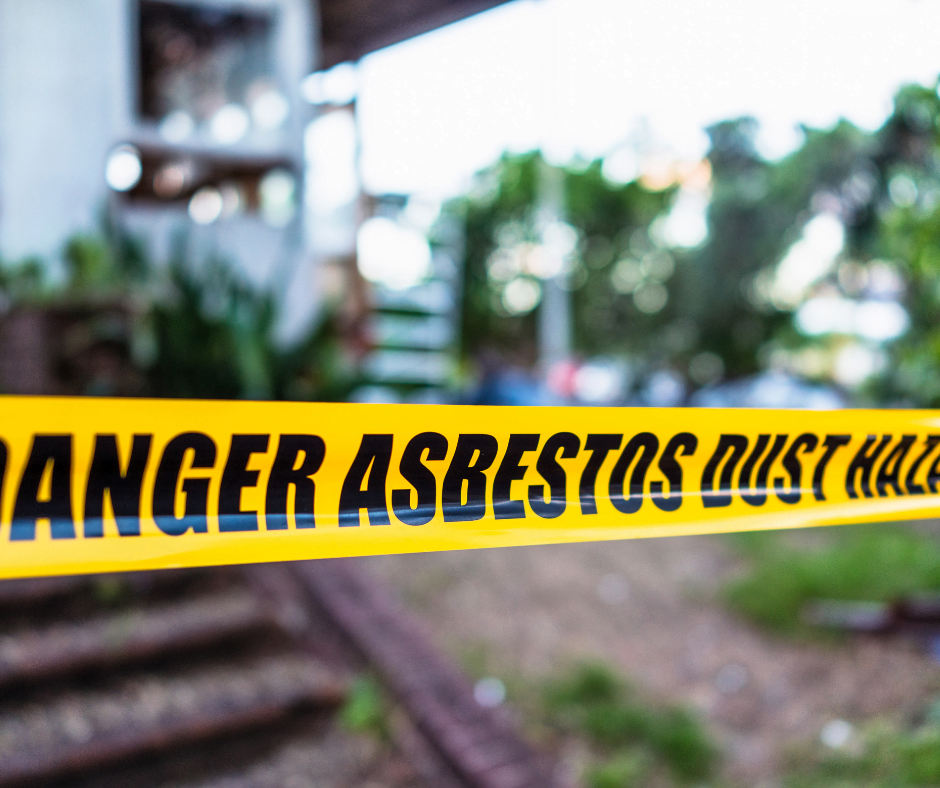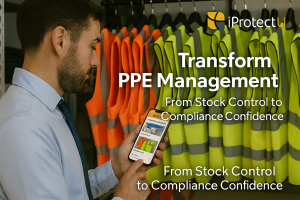Health and Safety Software » Health and Safety Software News » Health and Safety » Asbestos Safety
Asbestos Safety

This can include any premises i.e private homes, shops, factories, offices, farms, hospitals, domestic premises, leisure centres etc.
Before commencing work on a suspect asbestos area, a risk assessment must be carried out by a competent person who has the sufficient level of training and expertise. This must be carried out with plenty of time before work begins. All aspects of the work must be considered, including falls from heights. Action must be taken to remove the risk or reduce it to as low as possible.
The findings of the risk assessment must be recorded; outlining the type and quantity of the asbestos present. Also include the expected levels of exposure.
Details of the controls to be used to reduce exposure, such as local exhaust ventilation, confinement, and personal protective equipment must be included. To mitigate against risk it must be known how tools and protective gear can be decontaminated, how the waste will be managed and emergency procedures put into action. The control measures must include how tools and protective gear can be decontaminated. An asbestos survey is a good way of managing the location, amount and type of any asbestos containing materials. This information can be used to prepare the risk assessment and be effective in a management plan and risk register.
Trades persons most at risk (anybody that uses tools) includes carpenters, plumbers, electricians, metal plate workers, pipe fitters, construction operatives, fire alarm installers, energy plant operatives, shipbuilders, railway engineers, gas fitters, joiners, maintenance and building workers etc.
Types of work include non licenced work, licensed work and Notifiable Non-Licenced Work (NNLW).
Non licenced work is work with asbestos which is of low density (does not exceed the legal limit of 0.1 asbestos fibres per cubic centimetre of air). Licensed work must only be done by a licensed contractor. This is where the risk assessment cannot clearly demonstrate that the control limit will not be exceeded i.e 0.1 asbestos fibres per cubic centimetre of air. Notifiable Non-Licenced Work (NNLW) is where the employer / controller must report the work to the relevant authority, must ensure medical examinations are carried out and maintain registers of work.
All non-licensed and licenced work with asbestos needs to be carried out with the appropriate controls in place and every employee provided with adequate information, instruction and training.
If the asbestos is in good condition, the asbestos specialist will give advice on what action to take.
If it is in poor condition then it will need to be removed it by a specialist (licensed asbestos contractor).
If asbestos containing materials are to remain on the premises it is necessary to:
- Prepare and implement a written action plan. Inform others of its location and condition
- Carry out regular checks on the condition of the material
- Review and revise the plan and update the asbestos record as necessary
What to do if an employee comes into contact with asbestos
- If an employee comes into contact with any materials that are suspect to contain asbestos (including any hidden materials or dust), work should be stopped immediately
- The suspect material should be reported and the area closed off
- The material should not be broken or damaged in any way. Only suitably trained people should take samples
- The area should be sealed off and alerted to a specialist company whereby samples should be taken to identify if asbestos is present, type of asbestos and action to take
- The results should be recorded and actions taken. Actual exposure should be recorded, investigated and advice taken
iProtectU allows a user to create, edit and document a risk assessment regarding the management of asbestos in the workplace.
iProtectU brings together the key resources and knowledge of three companies specialising in EHS software development, health and safety, business intelligence and data analytics.
Our vision is to provide fully integrated, cost effective and simple to use health and safety software tools that enable our clients to engage their entire team.
Arrange your demonstration
Let us show you how we can transform your health and safety, risk and compliance management
Please choose a date and time for your demo. We look forward to meeting with you.
Related Blogs - Health and Safety

iProtectU Feature in Irish Health and Safety Review: AI and Risk Assessment – Does It Work?
Artificial Intelligence (AI) and digital safety platforms are transforming how organisations manage workplace risk.
In a feature from Health & Safety Review (November 2025), Wayne

Stop Injuries Before They Start: DSE Software Risk Assessment Made Effortless
When employees spend hours at desks, poor ergonomics can quietly lead to musculoskeletal disorders, eye strain, and fatigue. Beyond lost productivity, this can mean legal

Cyber Security Awareness – Is Your Business Ready for the Next Attack
October is Cyber Security Awareness Month – the perfect time to reflect on your organisation’s resilience. Cyber criminals are relentless, and with phishing, ransomware, and







